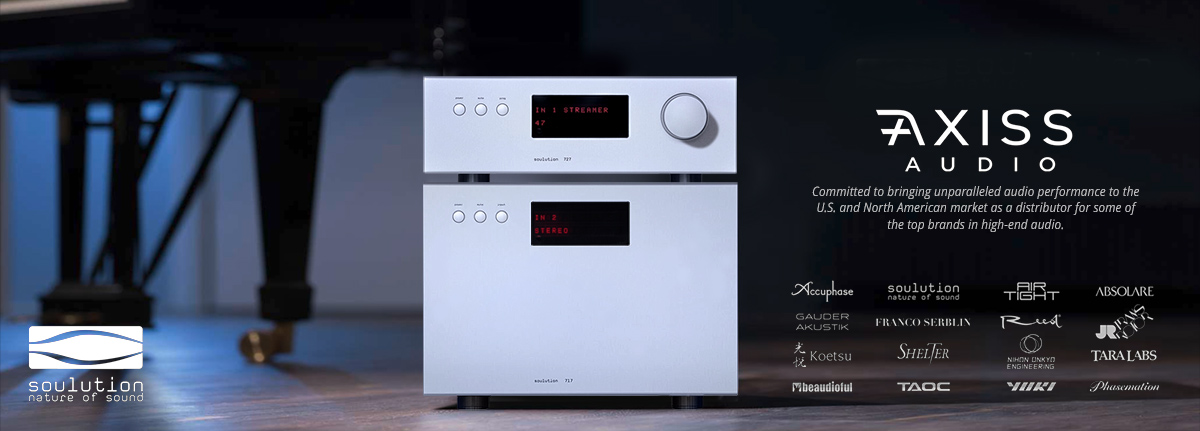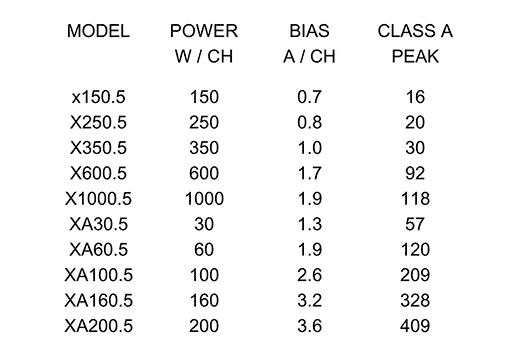Here is a bit more info class is slow but delicate so good on soft low volume passages in classical but all genre
Now of your amp is too far into class A when faster music starts it’s slow less dynamic
Class AB has jump it’s why am amps class change needs to suite the needs of the setup and what we play.
My no 33 idle at 9 amps each that’s a lot of class A watts
But since my speakers are nom 4 but really below 2 at times they move mine out of class A sooner
Take my amps ona very high eff setup that’s 8 ohms they are slow not as dynamic
I do play loud so I need plenty of reserve power
My amps can deliver 60 amps into 1 ohm continues and have there own regen inside. A truly working marvel that pounds the caps inside. But yields dynamics that you feel in your chest 16 feet back. Yet play soft passages with immense details and suppleness
While there are better amps made now they are legacy amps playing legacy speakers
Into my legacy old ears lol.
I found that my Pass XA160.5 (160 Class A watts into 8 ohm load, 320 Class A watts into 4 ohm load) was more dynamic than my former XA100.5. So in this case, the more Class A watts, the more dynamic in my 4 ohm load Magico Mini II speakers. And my 90dB Magico Q3 is even more dynamic with all of those Class A watts. It is also delicate with softer low volume passages in classical.
Are you suggesting that my system would be more dynamic with an amp that moves out of Class A sooner?

















